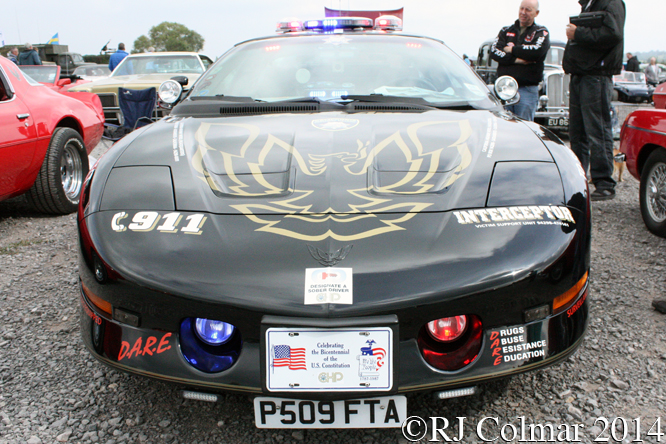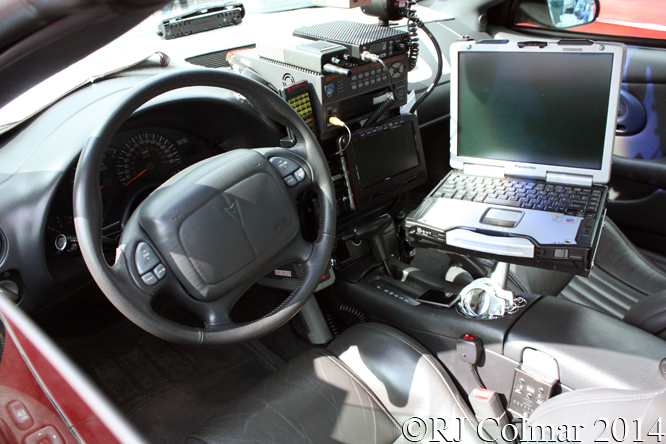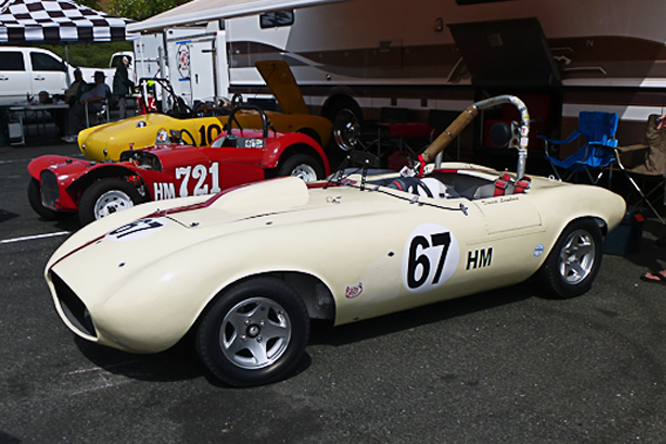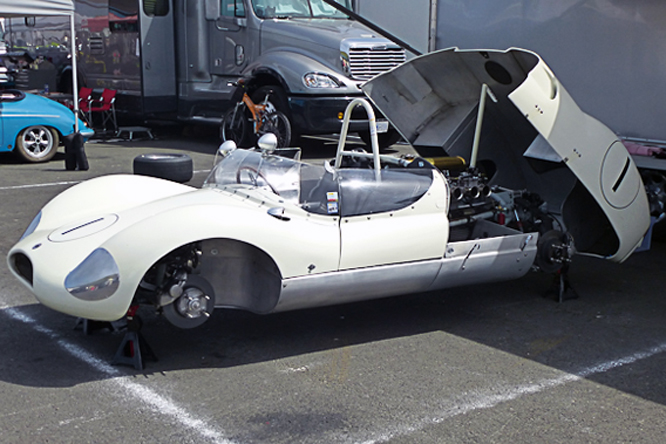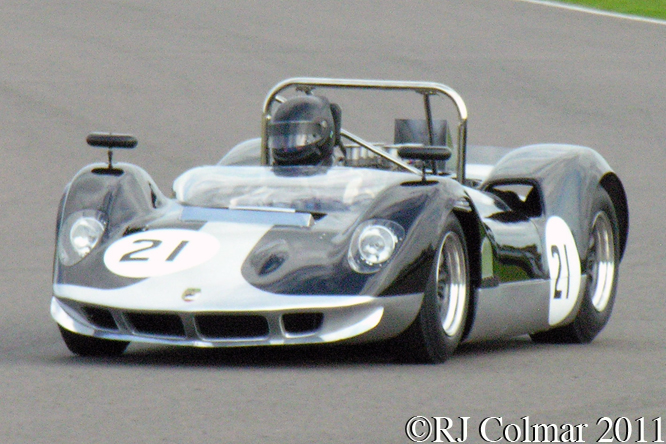When Chevrolet revealed it’s Camaro pony car in 1967 it envisaged most would be sold with either Standard, Super Sport SS, or Rallye Sport RS options packages, but to meet the requirements for participation in the SCCA Trans Am series, mandating a maximum engine capacity of 302 cui / 5 litres, a small number of Camaro’s were offered with the Z/28 option package, an option so rare many smaller Chevrolet dealerships did not even know it existed.

For 1968 Chevrolet gave the Z/28 a marketing budget with the strap line “Closest thing to a Corvette, yet” emphasising that that it came “on like a Corvette for a lot less.”

The 302 cui V8 with a 4″ bore and 3″ stroke had a compression ratio of 11:1 which when fed by the 4 barrel Holley carburetor with fuel distributed by a tuned aluminium manifold produced 290hp at 5,800 revolutions per minute.
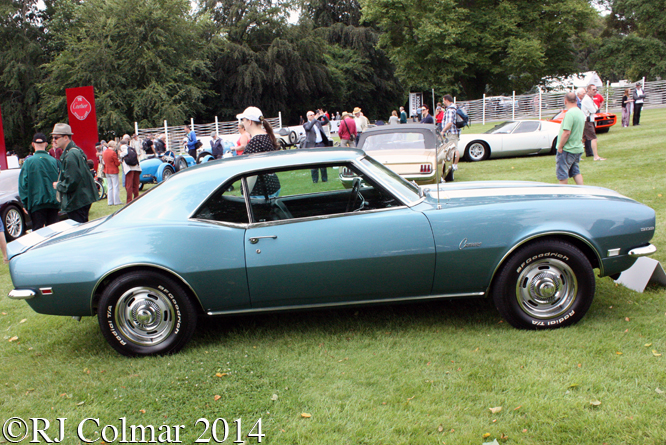
Handling was aided by either quick or fast ratio steering racks, multileaf rear springs with bias mounted shocks, 15″ x 16″ wheels with Nylon cord Wide Tread GT high performance tyres and power disc brakes to order.

The rear spoiler was an optional extra and the stereo rally stripes were described as having no mechanical function but a great psychological value.
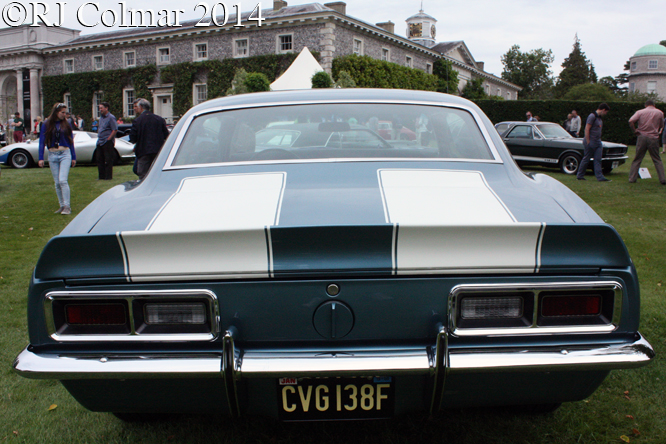
When Car Life tested a Z/28 in 1968 they concluded it was an “easy car to drive very fast”, the ’68 Z/28 seen in these photographs at Goodwood Festival of Speed was first registered in the UK on July 1st 1991.
Thanks for joining me on this “Closest Thing To A Vette” edition of “Gettin’ a li’l psycho on tyres” I hope you will join me again for FIAT Friday tomorrow. Don’t forget to come back now !



